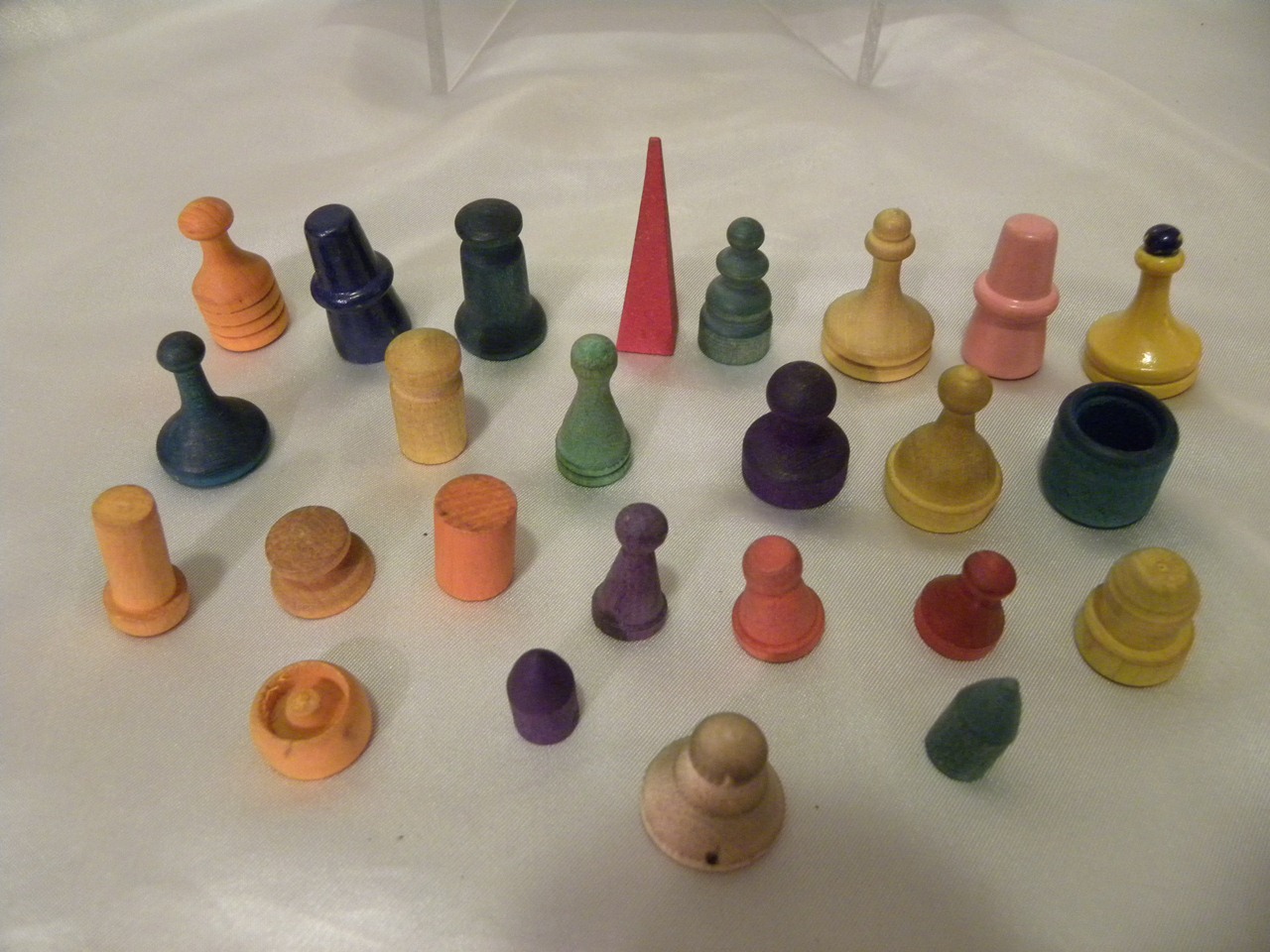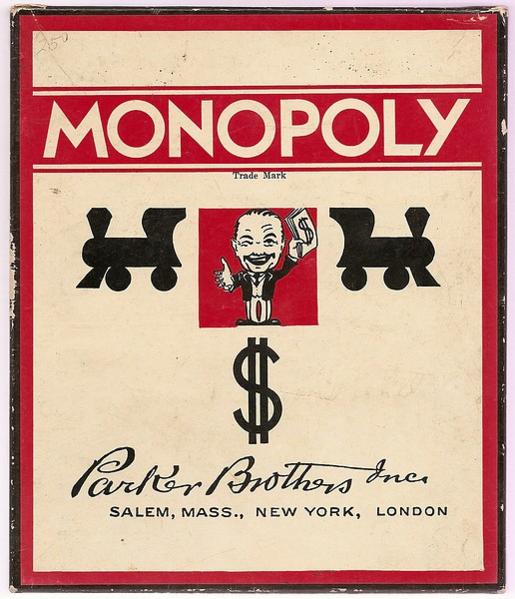

The 1934 first version Darrow set has a white box and a 20-inch board. The 1933 "Marvin Ave." edition had only 500 units produced. Darrow's copyright is on the "jail" square. The board does not have instructions on the "GO" square, and it lacks a black border. In 1933, Darrow manufactured the game in a white rectangular box, using a 23-inch board with the instructions glued underneath the top of the box. Later versions used square-shaped oilcloth. Darrow's early editions were printed on a round oilcloth. But the money, boards, and differences such as Marvin Gardens vs. Hundreds of editions are available today.īecause of the game's popularity and large production, the earlier editions tend to be more valuable.
Game of monopoly history wwii tv#
Hasbro acquired Tonka in 1991 and began licensing editions of Monopoly to sports teams, TV shows, movies, and cities. General Mills merged Parker Brothers with Kenner Toys. The court ruling nullified their trademark.

They ultimately lost the lawsuit on appeal because so many editions were available previously, and the word “monopoly” is in the public domain. They sued the maker of Anti-Monopoly in 1972 for trademark infringement. General Mills bought Parker Brothers in 1968. The game was manufactured with a silk map and file hidden in the board with a working compass disguised as a token. Christopher Clayton Hutton, a magic enthusiast, the manufacturers, and Britain's M19 conspired to send discreetly altered games to POWs. Dowst Manufacturing Company made the tokens and also manufactured charms.ĭuring WWII, Monopoly games helped thousands of British POWs to escape from German camps. However, it is speculated that they originated from Darrow's children who used charms from their bracelets, Darrow himself, or George Parker. The exact origin of the game's tokens is unknown. Instead, he suggested players use household items like buttons and thimbles. Magie's version was a commercial flop.ĭarrow's original edition of Monopoly was copyrighted in 1933, printed on a circular oilcloth, and came without tokens. She sold her patent for $500 with the condition that the game did not deviate from its intent to teach people the evils of capitalism. The Parkers discovered her patent while doing due diligence on Darrow's version.
Game of monopoly history wwii plus#
Darrow agreed, and the Parkers paid him $7,000 plus royalties.Įlizabeth Magie received patents in 19 for her strikingly similar Landlord Game with a vastly different objective, exposing the evils of capitalism. Instead, George Parker insisted that a shorter version be included in the rules because he wanted all Parker Brothers games to last about 45 minutes. Parker Brothers initially passed on Darrow's version because it took too long to play, rules were too complex, and it lacked a clear objective.


 0 kommentar(er)
0 kommentar(er)
